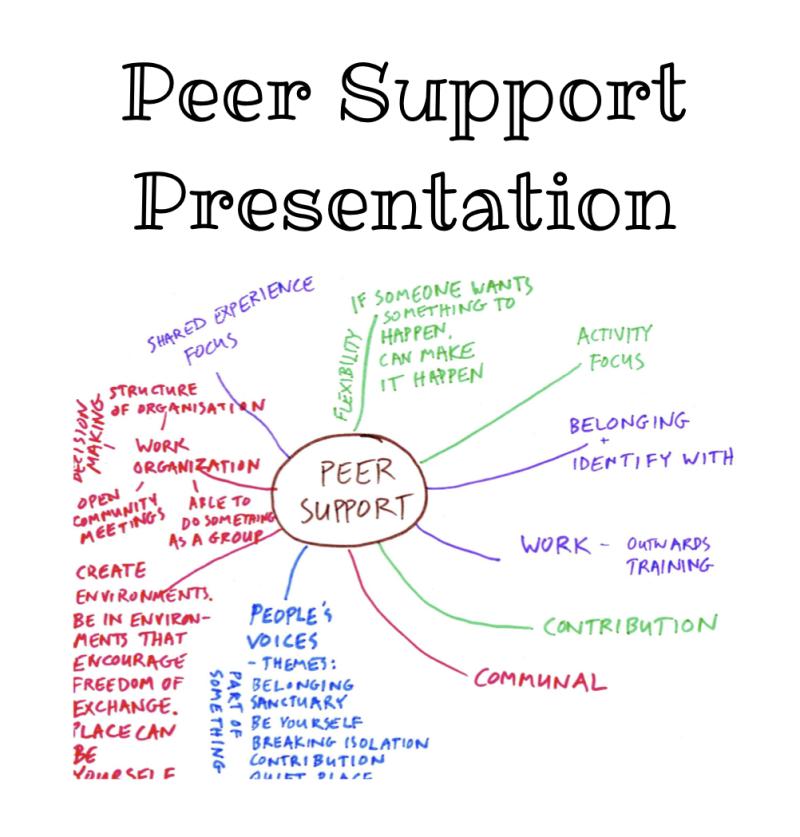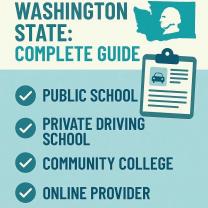What are peer support icebreakers?
Peer support icebreakers are activities or exercises designed to help people connect with each other, build a sense of community, and foster a supportive environment. They are often used in peer support groups, workshops, or other settings where individuals may share similar experiences or challenges.
Key Objectives of Peer Support Icebreakers
Promote Connection and Interaction: Icebreakers encourage individuals to connect with each other, break down barriers, and create a more comfortable atmosphere.
Build Trust and Rapport: Icebreakers provide opportunities for individuals to share personal information and experiences in a safe and supportive environment, fostering trust and rapport.
Identify Common Ground: Icebreakers help participants discover shared interests, experiences, or perspectives, creating a sense of belonging and community.
Encourage Openness and Vulnerability: Icebreakers can help individuals feel more comfortable sharing their thoughts and feelings, promoting openness and vulnerability within the group.
Create a Sense of Fun and Engagement: Icebreakers add an element of fun and lightheartedness to the setting, making it more engaging and enjoyable for participants.
Choosing Effective Peer Support Icebreakers
When selecting peer support icebreakers, it is crucial to consider the group's dynamics, the purpose of the gathering, and the available time. Effective peer support icebreakers should be:
Appropriate for the Group: They should align with the experiences, challenges, and sensitivities of the group members.
Relevant to the Setting: They should connect with the overall purpose of the peer support group or workshop, fostering the desired group dynamics.
Inclusive and Welcoming: They should cater to different personalities and learning styles, ensuring everyone feels comfortable participating.
Engaging and Stimulating: They should capture attention, encourage active participation, and foster a sense of enjoyment and involvement.
Time-Appropriate: They should fit within the allotted time frame, avoiding lengthy activities that might disrupt the flow of the event.
Examples of Peer Support Icebreakers
"Two Truths and a Lie": Each person shares three statements about themselves, two of which are true and one of which is a lie. The others try to guess which statement is the lie.
"Commonalities Bingo": Participants mingle and find others who share common interests, experiences, or hobbies. The first person to complete a bingo card of commonalities wins.
"Life Story in Pictures": Each person brings three pictures that represent significant moments or aspects of their life. They share the stories behind the pictures, connecting with others on a deeper level.
"Strengths and Appreciation:** Participants share a positive quality or strength they admire in each other, fostering a supportive and encouraging atmosphere.
"Dream Board Sharing": Participants create or bring a visual representation of their dreams, aspirations, or goals. They share their dreams with the group, sparking inspiration and mutual support.
Benefits of Peer Support Icebreakers
Peer support icebreakers can significantly impact participants and the overall group dynamic. They can:
Increase Participation and Engagement: Icebreakers encourage individuals to actively participate, fostering a sense of inclusion and belonging within the group.
Enhance Communication and Understanding: Icebreakers provide opportunities for individuals to share their experiences, perspectives, and feelings, leading to better understanding and empathy.
Develop Trust and Confidentiality: Icebreakers help participants feel more comfortable sharing personal information, building trust and confidentiality within the group.
Promote Positive Group Dynamics: Icebreakers foster a sense of community, collaboration, and mutual support within the peer support group.
Empowerment and Hope: Icebreakers can inspire individuals to share their strengths and aspirations, promoting self-empowerment and a sense of hope.
By incorporating peer support icebreakers into peer support groups, workshops, or other gatherings, facilitators can create a more supportive, engaging, and effective environment for individuals to connect, share, and learn from each other.
What are peer support icebreakers, and how do they work?
Peer support icebreakers are activities or exercises designed to foster a sense of connection, trust, and open communication among participants in peer support groups. They work by breaking down initial barriers, reducing anxiety, and creating a relaxed and inclusive atmosphere that encourages individuals to engage in sharing and mutual support.
Examples of effective icebreakers for peer support groups:
- Two Truths and a Lie: Each participant shares two true facts about themselves and one false statement, allowing others to guess which is the lie.
- Memory Sharing: Participants take turns sharing a meaningful or positive memory from their lives, promoting positivity and bonding.
- Collaborative Art: Group members work together on a creative project, such as a mural or collage, to encourage teamwork and creativity.
- Life Timeline: Participants create a timeline of significant life events, helping others understand each other's journeys.
- Group Storytelling: Collaboratively create a story, with each participant adding a sentence or two, promoting active listening and creativity.
How can peer support icebreakers build trust and rapport among participants?
Peer support icebreakers build trust and rapport by:
- Fostering open communication and active listening.
- Encouraging participants to share personal experiences and emotions.
- Breaking down initial barriers and reducing feelings of isolation.
- Creating a supportive and non-judgmental atmosphere.
- Promoting empathy and understanding among group members.
Are there specific icebreakers designed for peer support in educational or mental health settings?
Yes, there are icebreakers tailored for educational or mental health peer support settings, including:
- "Mood Check-In": Participants share their current mood and discuss coping strategies.
- "Positive Affirmations": Each member provides an affirmation for another, promoting self-esteem and positivity.
- "Coping Strategies Exchange": Participants discuss and share effective coping strategies for managing mental health challenges.
- "Strengths Inventory": Group members identify and celebrate each other's strengths and positive qualities.
- "Goals and Aspirations": Participants share their goals and aspirations, fostering motivation and encouragement.
How to create customized icebreakers for peer support groups based on their unique needs and goals?
To create customized icebreakers for peer support groups, consider these steps:
- Understand the group's specific needs, challenges, and objectives.
- Gather input from participants to learn about their preferences and comfort levels.
- Design icebreakers that align with the group's goals and focus on the strengths and interests of the members.
- Test the icebreakers to ensure they are effective and well-received.
- Adapt and modify the icebreakers based on participant feedback to meet evolving needs and goals.













